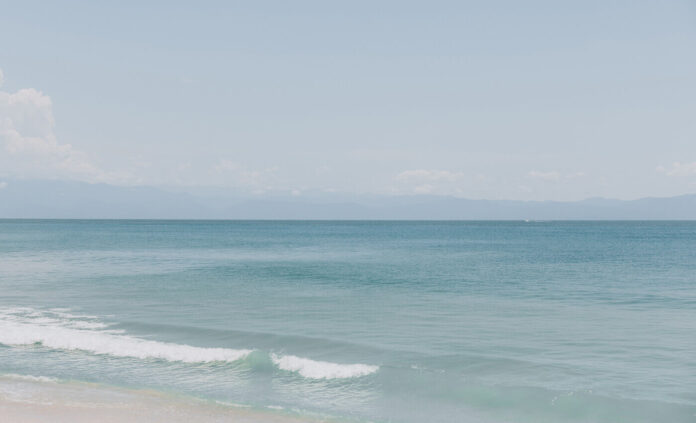Starting at the historic German border town of Passau, the trail follows the Danube River (Europe’s second largest) through the beautiful landscape of the Upper-Danube Valley into Vienna. Your journey through time takes you on past towns from Roman times, Baroque monasteries, and churches to the wild romance of the Strudengau and to Grein. Along the way, you’ll see the city of Linz, the Baroque abbey of St. Florian, many nearby castles, and of course the famous “Wachau” region with its charming villages, vineyards, and romantic fruit orchards. Don’t miss a visit to the Baroque abbey of Melk overlooking the Danube.
Other must-see stops on the tour include Dürnstein, with its ruins where King Richard the Lionhearted was captured on his way back from the Crusades, and the 1,000 year-old town of Krems. For those wishing to cycle further along past Vienna, the Hainburg area close to the border with Slovakia is the end of the marked bike trail.
- Distance: 317 km (197 mi)
- Start: Passau
- Finish: Hainburg
- Features: 90% traffic free bike trails along the Danube River, practically flat or slightly downhill. Some points of interest will require short uphill battles.
The most prominent of all bike routes in Austria, this tour will take you to some of Austria’s most impressive cultural sites.
The Austrian Danube Cycle Path is one of the most popular long-distance cycling routes in Europe, covering more than 381 km on its way from Passau to Bratislava. The Danube Cycle Path has been taking cyclists through one of Europe’s oldest cultural landscapes for more than 30 years now, with the waves of the Danube and the surrounding forested banks and fragrant meadows as constant companions. From Passau, the former bishop’s see, you proceed to the vibrant cultural lab that is Linz and beyond to the former imperial capital of Vienna. Cyclists delight in the constantly changing scenery and culture and in the superb infrastructure of lodgings and bicycle service businesses.
You can plan your Danube cycle tour in advance at home.

The Danube Cycle Path has been taking cyclists through one of Europe’s oldest cultural landscapes for 30 years now, with the waves of the Danube and the surrounding forested banks and fragrant meadows as constant companions. From Passau, the former bishop’s see, you proceed to the vibrant cultural lab that is Linz and beyond to the former imperial capital of Vienna.
In between are picturesque spots that reveal the secrets of the myth-enshrouded Danube region. Imposing fortresses and castles gaze down into the valley from their cliff-top perches, hinting at the great significance this mighty river connecting so much of Europe has had for local inhabitants. The lovingly tended gardens of myriad monasteries and abbeys are full of fragrant, richly colored flowers. Stop for a moment and take a deep breath – then climb on your bicycle and continue along your way.
The Danube Cycle Path from Passau to Vienna is about 330 km long and most of it runs along both banks of the Danube.
Along this route, you encounter fascinating landscapes such as the Schlögener Schlinge, an incredible meander in the Danube, or the Wachau, a romantic UNESCO World Heritage landscape graced with vineyards and many historical towns and villages. This tour also passes through cities such as Vienna, Linz or Passau. The route also includes Enns, the oldest city in Austria; idyllic Grein; Tulln, the Garden City; and a host of castles and ruins plus splendid baroque monasteries and abbeys such as Engelszell, St. Florian, Melk and Klosterneuburg.
Accommodations
The Danube region has a diversity of accommodations, from 5-star hotels and design hotels, family hotels, farms and wineries all the way to rooms rented out in private homes.
bett+bike businesses
ADFC, Germany’s most renowned cycling organization, qualified about 50 bicycle-friendly businesses between Passau and Vienna as bett+bike service providers. Their doors are always open to cyclists on the Danube Cycle Path. The businesses guarantee not only secure and in some cases roofed-over parking for bicycles, “first-aid” tools for bicycles and drying rooms for clothing but also charging stations where e-bike batteries can be recharged overnight. For full information on the bett+bike businesses, click here.
Danube Cycle Path Folder
All important information about the path can be found in the folder on the Danube Cycle Path. This free folder in a handy small format contains well-done maps of the 17 stages of the route from Passau to Bratislava along with details on lodging, e-charging stations, bicycle information and service stations, on bicycle ferries and power station cross-overs. It provides timetables for ship service and contact addresses for municipalities and tourist boards as well as bookable cycling packages. You can order your Danube Cycle Path folder free of charge from ARGE Donau Österreich or download it as a pdf file!
Ferries and ships
To get to know the Danube Cycle Path and its various regions from different perspectives, it is worthwhile taking advantage of regularly scheduled ship lines or excursion ships or cruise ships along the Danube.
Cycling along the Danube
There are many places along the Danube Cycle Path in Austria where you can rent bicycles and e-bikes. The e-bikes can be charged at numerous e-bike charging stations along the entire Danube Cycle Path. A cycling tour on the Danube Cycle Path can be combined perfectly with other means of transport, such as a ship ride, a ferry ride or a return trip to the departure point by train.
What is the best time to travel the Danube cycle path?
If you intend to cycle anywhere in between the source and Budapest (Hungary’s capital), go for May to September. While it is possible to cycle in April and October too, have in mind that temperatures in these months will be rather low and days shorter.
July and August may bring the one or other very hot day (32°C and more after mid-day, [>90°F]). In July and August more families with kids are seen along the cycle paths as this is the school holiday season in Germany, Austria and Italy. Nevertheless, there is plenty of space for all cyclists and it’s generally fun to see cycling folk passing by at a break knowing that you will overtake and salute them later when they take a rest.
If you plan to cycle in Hungary and beyond, think about traveling late spring (May, June) and early autumn (September, October). July and August will definitely be very hot.





